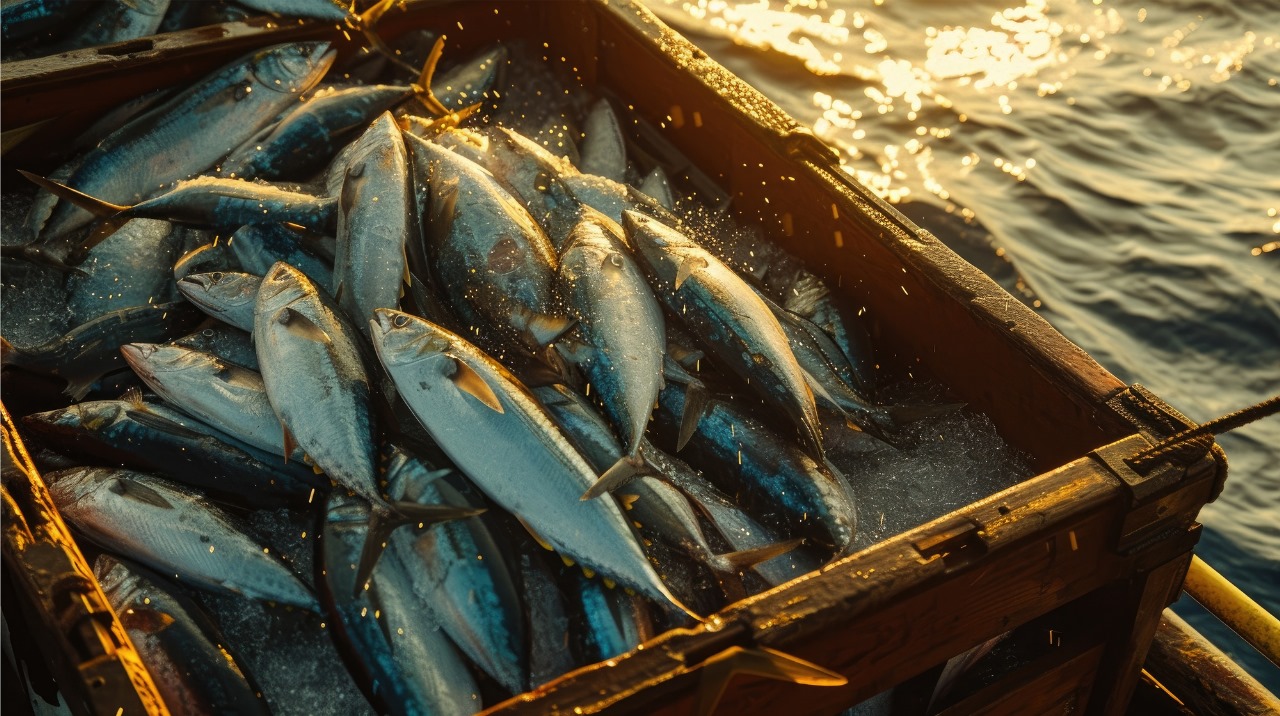Introduction
Imagine sitting at your favorite seaside restaurant, eagerly awaiting a dish of the day’s freshest catch. As you take in the ambiance, you might wonder, “Where did my meal come from?” This seemingly simple question is at the heart of a movement that’s changing the global seafood industry: seafood traceability and visibility. With real-time technologies evolving, consumers and businesses are increasingly demanding a transparent journey from farm to fork.
In an impressive feat for the agricultural sector, India cemented its position as a global leader in fish production for the fiscal year 2022–23, achieving a staggering total yield of 175.45 lakh tons. This contributes 1.09% to India’s GVA and more than 6.7% to the agricultural GVA, underscoring the fisheries sector’s economic significance and the demand for sustainability and reliable traceability.
The need for Sustainable Fishing Practices
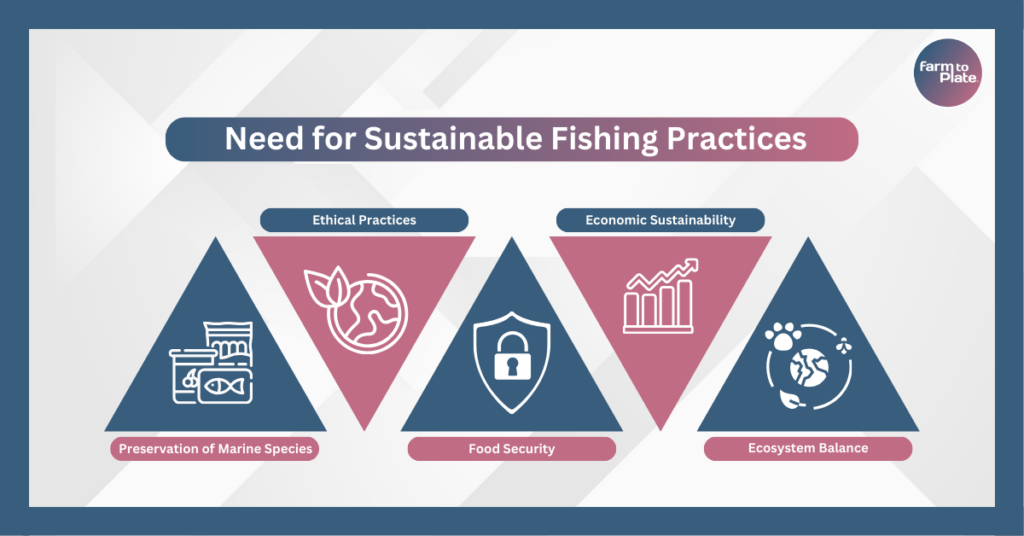
Sustainable fishing practices are vital to ensuring the longevity and health of marine ecosystems. Here’s why they are essential:
- Preservation of Marine Species: Overfishing can lead to depleted stocks and the extinction of certain fish species. Sustainable practices help maintain biodiversity.
- Ecosystem Balance: The ocean’s ecosystems are delicately balanced. Responsible fishing practices prevent the disruption of this balance, maintaining the health of marine habitats.
- Food Security: Millions rely on seafood as a primary source of protein. Ensuring that fish populations are not overexploited is key to food security for future generations.
- Economic Sustainability: Many economies depend on fishing. Sustainable practices ensure that this sector remains viable long-term.
- Ethical Practices: Ethical considerations highlight the importance of treating marine life humanely and preserving the natural environments in which they thrive.
The Importance of Seafood Traceability
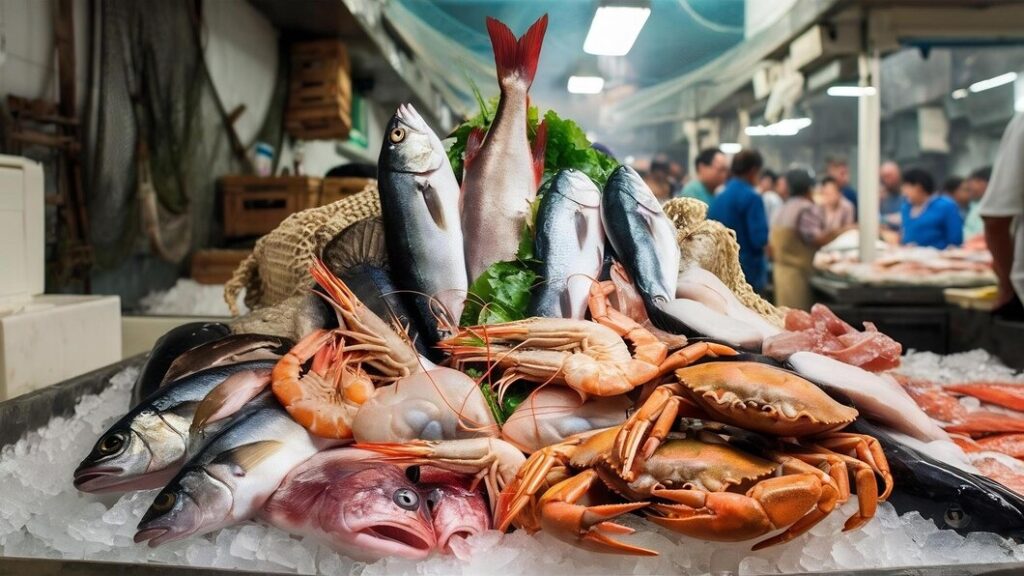
Traceability in the seafood sector serves a multitude of purposes. Here are some prime examples:
- Food Safety: Traceability can quickly identify and isolate contaminated products within the supply chain, which is crucial in the event of foodborne illness outbreaks.
- Combatting Illegal Fishing: Validating the legality of the catch at each step ensures that illegal, unreported, and unregulated (IUU) fishing practices are minimized.
- Sustainability: Consumers can make informed decisions based on the environmental impact of their seafood choices, encouraging sustainable fishing practices.
Key Challenges in Seafood Traceability
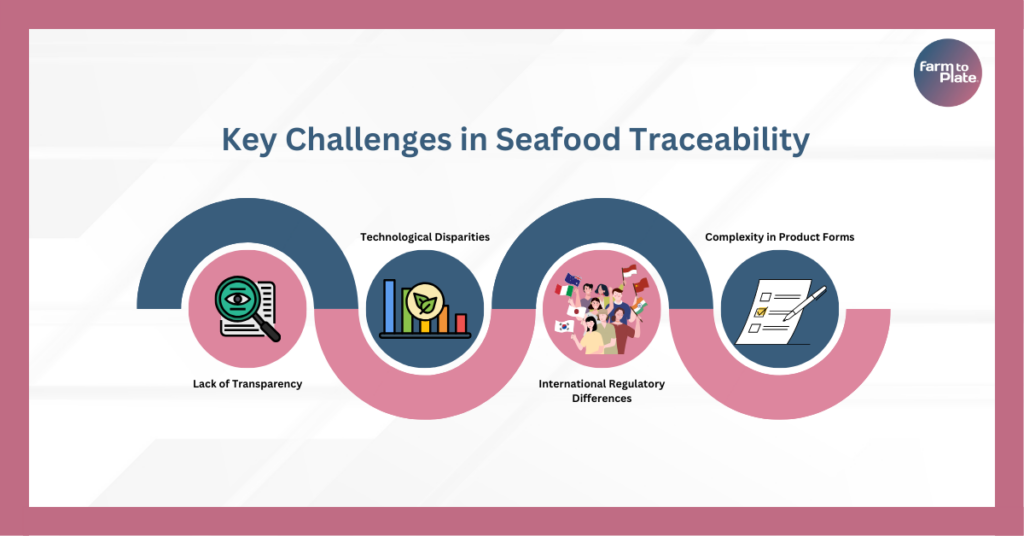
Despite its importance, achieving effective traceability is not without its challenges:
- Lack of Transparency: In some parts of the supply chain, there can be an intentional lack of transparency to hide illegal practices, complicating traceability efforts.
- Technological Disparities: Not all stakeholders in the supply chain have access to or can afford advanced tracking systems, leading to inconsistent data gathering.
- International Regulatory Differences: Varied regulations and standards across different countries can make it challenging to maintain a consistent traceability system internationally.
- Complexity in Product Forms: Seafood can be processed into various forms (e.g., filets, canned goods) throughout the supply chain, which can obscure its origin and handling history.
The Rise of Farm To Plate Solution
In response to these challenges, innovative solutions like Farm To Plate have emerged, leveraging Blockchain and IoT technologies to ensure comprehensive tracing and tracking of the entire seafood supply chain. These technologies forge an immutable and transparent ledger of a product’s journey, mitigating many of the challenges associated with traditional traceability methods.
How the Farm To Plate Solution Leads the Way
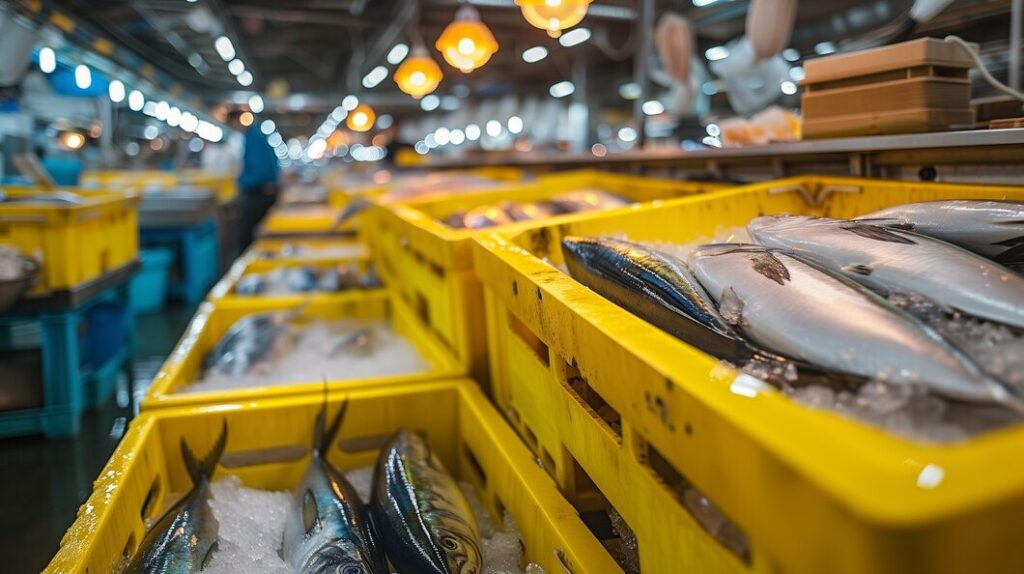
For consumers, Farm To Plate platforms offer a plethora of benefits:
- Access to Information: From harvest to delivery, consumers can view detailed information about the source and quality of seafood, ensuring peace of mind.
- Boosting Consumer Trust: By providing a transparent and verifiable supply chain, businesses can strengthen the trust of their customers.
For businesses, the advantages are transformative:
- Reduction of Risks: With precise tracking, businesses can rapidly respond to contamination issues, reducing risks to public health and brand reputation.
- Proactive Sustainability: This accountability encourages businesses to adopt more sustainable and ethical practices, which are critical for long-term success.
Case Studies: Successful Implementation
Download our case study to explore how Farm To Plate revolutionizes seafood traceability through practical applications. Our featured case, FishMongers, reveals how the adoption of this innovative platform has achieved unprecedented visibility in seafood sourcing, providing their customers with the assurance of authentic and responsibly harvested seafood.
Download Now: FishMongers Achieves Seafood Visibility With F2P
Wrapping Up:
In recapping our discussion, the importance of traceability in the seafood industry cannot be overstated. Platforms like Farm To Plate are pioneering a sea of change, enabling transparency and sustainability, and bolstering consumer confidence across the globe. It’s clear that stakeholders vested in the seafood industry should wholeheartedly embrace these platforms; they not only improve transparency but are also definitive steps toward a sustainably managed seafood future.
FAQs:
1. What is the purpose of the traceability system?
A seafood traceability system aims to track the journey of seafood products through every stage of the supply chain.
2. Why is seafood traceability important?
Seafood traceability is important for ensuring food safety, supporting sustainable practices, complying with regulations, and providing transparency to consumers.
3. What is sustainable seafood?
Sustainable seafood is sourced in ways that ensure the long-term health and stability of marine life and ecosystems.
4. What is a seafood value chain?
A seafood value chain encompasses all stages of producing seafood, from harvesting to when it reaches the consumer.
Sravya Priya, Content Marketing Specialist at farmtoplate.io
